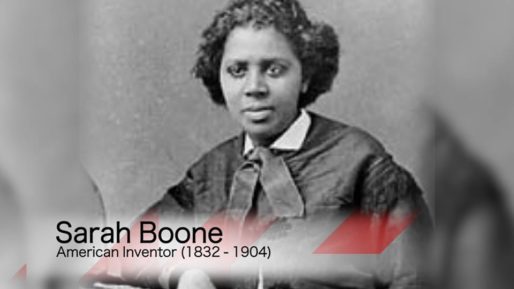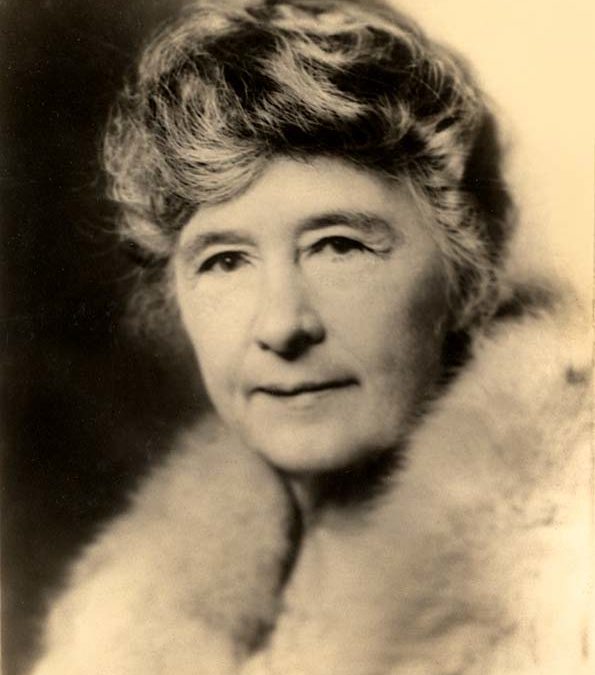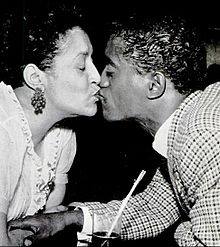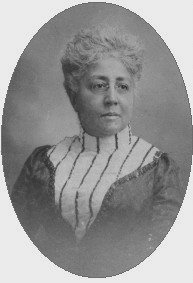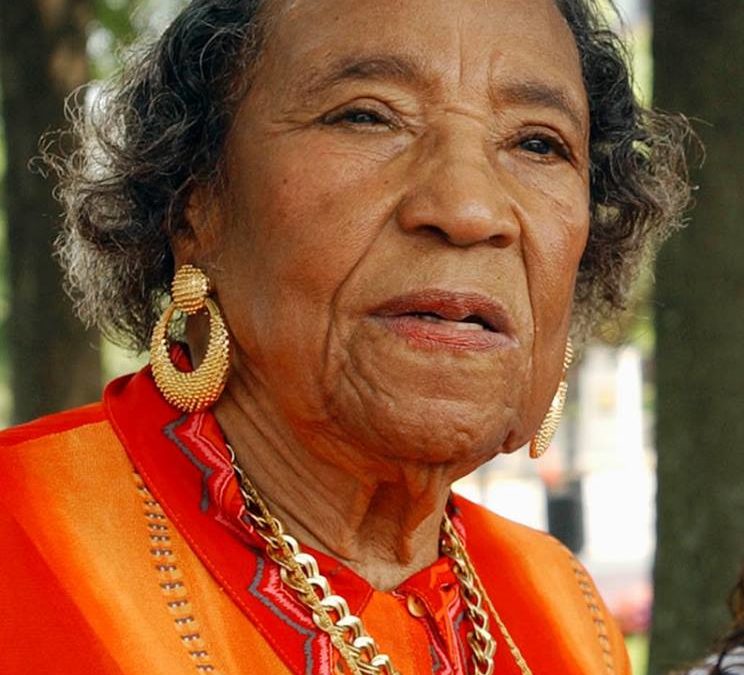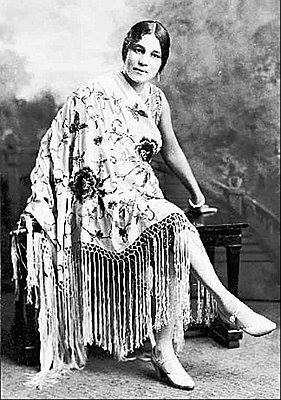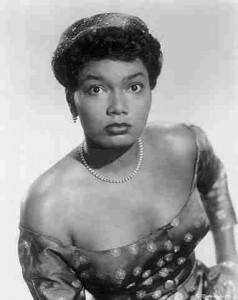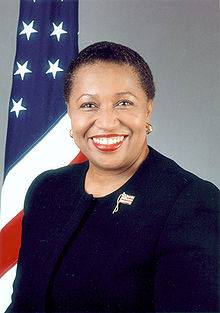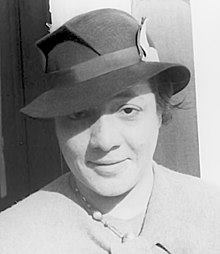GM – FBF – Today, I have a story that I know you have not heard
of. This lady was a diva long before any woman singer/dancer or artist that you
can think of. She was strong willed and lived a long life. Enjoy the story of
“Bricktop”!
Remember – ” As I get older in life, I hear talk about this
new great female singer or artist and I love them and the work that they do but
for some reason America has forgotten about me. – Ada ” Bricktop”
Smith
Today in our History – August 14, 1894 – Ada Beatrice Queen
Victoria Louise Virginia Smith, better known as Bricktop, was
born.
Ada Beatrice Queen Victoria Louise Virginia Smith, better known
as Bricktop, (August 14, 1894 – February 1, 1984) was an American dancer, jazz
singer, vaudevillian, and self-described saloon-keeper who owned the nightclub
Chez Bricktop in Paris from 1924 to 1961, as well as clubs in Mexico City and
Rome. She has been called “…one of the most legendary and enduring
figures of twentieth-century American cultural history.”
Smith was born in Alderson, West Virginia, the youngest of four
children by an Irish father and a black mother. When her father died, her
family relocated to Chicago. It was there that saloon life caught her fancy,
and where she acquired her nickname, “Bricktop,” for the flaming red
hair and freckles inherited from her father. She began performing when she was
very young, and by 16, she was touring with TOBA (Theatre Owners’ Booking
Association) and on the Pantagesvaudeville circuit. Aged 20, her performance
tours brought her to New York City. While at Barron’s Exclusive Club, a
nightspot in Harlem, she put in a good word for a band called Elmer Snowden’s
Washingtonians, and the club booked them. One of its members was Duke
Ellington.
Her first meeting with Cole Porter is related in her obituary in
the Huntington (West Virginia) Herald-Dispatch:
Porter once walked into the cabaret and ordered a bottle of wine. “Little
girl, can you do the Charleston?” he asked. Yes, she said. And when she
demonstrated the new dance, he exclaimed, “What legs! What legs!”
John Steinbeck was once thrown out of her club for
“ungentlemanly behavior.” He regained her affection by sending a taxi
full of roses.
By 1924, she was in Paris. Cole Porter hosted many parties,
“lovely parties” as Bricktop called them, where he hired her as an
entertainer, often to teach his guests the latest dance craze such as the
Charleston and the Black Bottom. In Paris, Bricktop began operating the clubs
where she performed, including The Music Box and Le Grand Duc. She called her
next club “Chez Bricktop,” and in 1929 she relocated it to 66 rue
Pigalle. Her headliner was a young Mabel Mercer, who was to become a legend in
cabaret.
Known for her signature cigars, the “doyenne of cafe
society” drew many celebrated figures to her club, including Cole Porter,
the Duke and Duchess of Windsor, and F. Scott Fitzgerald. Fitzgerald mentions
the club in his 1931 short story Babylon Revisited. Her protégés included Duke
Ellington, Mabel Mercer and Josephine Baker. She worked with Langston Hughes
when he was still a busboy. The Cole Porter song “Miss Otis Regrets”
was written especially for her to perform.[citation needed] Django Reinhardt
and Stephane Grappelli wrote a song called “Brick Top,” which they
recorded in Paris in 1937 and in Rome in 1949.
She married saxophonist Peter DuConge in 1929.
Though they separated after a few years, they never divorced,
Bricktop later saying that “as a Catholic I do not recognize
divorce”. According to Jean-Claude Baker, one of Josephine Baker’s children,
as recorded in his book about his mother’s life, titled Josephine: The Hungry
Heart, Baker and Bricktop were involved in a lesbian affair for a time, early
in their careers.
Bricktop broadcast a radio program in Paris from 1938 to 1939,
for the French government. During WWII, she closed “Chez Bricktop”
and moved to Mexico City where she opened a new nightclub in 1944. In 1949, she
returned to Europe and started a club in Rome. Bricktop closed her club and
retired in 1961 at the age of 67, saying: “I’m tired, honey. Tired of
staying up all night.” Afterwards, she moved back to the United States.
Bricktop continued to perform as a cabaret entertainer well into
her eighties, including some engagements at the age of 84 in London, where she
proved herself to be as professional and feisty as she had ever been and
included Cole Porter’s “Love for Sale” in her repertoire.
Bricktop made a brief cameo appearance, as herself, in Woody
Allen’s 1983 mockumentary film Zelig, in which she “reminisced” about
a visit by Leonard Zelig to her club, and an unsuccessful attempt by Cole
Porter to find a rhyme for “You’re the tops, you’re Leonard Zelig.”
She appeared in the 1974 Jack Jordan’s film Honeybaby, Honeybaby, in which she
played herself, operating a “Bricktop’s” in Beirut, Lebanon.
In 1972, Bricktop made her only recording, “So Long
Baby,” with Cy Coleman. Nevertheless, she also recorded a few Cole Porter
songs in New-York City at the end of the seventies with pianist Dorothy
Donegan. The session was directed by Otis Blackwell, produced by Jack Jordan on
behalf of the Sweet Box Company. The songs recorded are: “Love For
Sale”, “Miss Otis Regrets”, “Happiness Is a Thing Called
Joe”, “A Good Man Is Hard To Find”, “Am I Blue?” and
“He’s Funny That Way”. This recording was never released as of today.
She preferred not to be called a singer or dancer, but rather a performer.
She wrote her autobiography,
Bricktop by Bricktop, with the help of James Haskins, the prolific author who
wrote biographies of Thurgood Marshall and Rosa Parks. It was published in 1983
by Welcome Rain Publishers (ISBN 0-689-11349-8). Bricktop died in her sleep in
her apartment in Manhattan in 1984, aged 89. She remained active into her old
age and according to James Haskins, had talked to friends on the phone hours
before her death. She is interred in the Zinnia Plot (Range 32, Grave 74) at
Woodlawn Cemetery. Reed more about this great American and share with your
babies. Make it a champion day!

